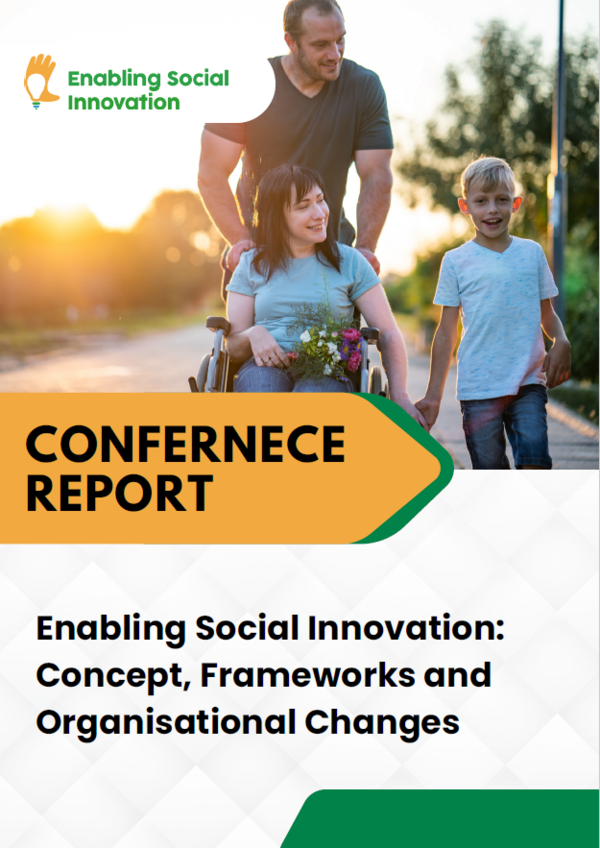Enabling Social Innovation: Concept, Frameworks and Organisational Changes

The term “social innovation” as a qualifier for a novel idea, product, or service with social purpose, has been widely used to such an extent that, today it seems to encompass everything and, in doing so, ends up covering nothing at all. The meaning of social innovation has become so blurred and vague that “social innovation” in practice – and, in turn, the ability of support services to implement the UN Convention on the Rights of Persons with Disabilities (UN CRPD) – has been hampered.
A common understanding of what Social Innovation entails for persons with disabilities is therefore necessary, as a revitalisation of what the concept means now. In this context, promoting, guiding, and supporting innovation through a European definition – in line with United Nations Convention on the Rights of Persons with Disabilities, that allows and boost creativity and more tailored-made services that inspire and promote cooperation among stakeholders.
Essentially, social innovation in the field of disability is a topic of vital importance to generate social transformation that enables the inclusion of persons with disabilities in all areas of society. To this end, reflection, and analysis on a common understanding at European level about the meaning of “social innovation” is required.
This report provides an overview of the key elements in the discussions during the EASPD International Conference on Enabling Social Innovation: Concept, Frameworks and Organisational Changes, which took place in Helsinki, Finland between 12-13 October 2023 and co-hosted alongside the Service Foundation for People with an Intellectual Disability (KVPS). During the conference, discussions ranged from the meaning of social innovation and concrete examples, to how to improve organisational, structural settings to facilitate innovation and the methodology for transferring innovation taking into account contextual differences. It represents the very first step that will lead to an EASPD Declaration on Social Innovation.

